Do you have a question about the Audio-Techica AT-LP7 and is the answer not in the manual?
Lists all items included with the turntable for user verification before use.
Provides essential warnings and cautions for safe operation, preventing fire or electric shock hazards.
Advice on ideal locations and surface for using the turntable to prevent damage or poor performance.
Guidelines for protecting the stylus and avoiding damage during handling and playback.
Identifies and labels the main components of the turntable in a visual diagram.
Details the components and functions of the tonearm, including counterweight and lift.
Step-by-step guide on how to correctly set the platter onto the turntable spindle.
Instructions on adjusting the turntable feet to ensure it is placed on a flat, level surface.
Procedures for removing the tonearm clamp and inserting the headshell into the tonearm.
Guidance on positioning the turntable and avoiding interference from vibrations and radio waves.
Explains the importance of adjusting tonearm balance and tracking force for correct sound pickup.
Details how to set the tracking force using the counterweight and gauge ring.
Instructions on how to adjust the counterweight to achieve a level tonearm.
Guidance on setting the anti-skate control dial to counteract inward stylus pull.
Instructions for safely attaching and detaching the dust cover.
Guidance on setting the cartridge selector switch based on the type of cartridge used.
How to set the pre-amplifier selector switch for different connectable equipment.
Instructions for connecting the turntable to external audio devices using RCA cables.
Steps for connecting the AC adapter to the turntable and power outlet.
Steps to prepare the cartridge and place the record on the platter.
Instructions on selecting speed, lifting tonearm, and lowering it to play.
Procedure for temporarily stopping playback by lifting the tonearm.
Steps to safely stop playback and remove the record from the platter.
Guidelines for cleaning the turntable body using a soft, dry cloth.
Recommendations for cleaning the stylus tip with a brush or cleaner.
Procedure for releasing the headshell and removing the stylus.
Steps for mounting a new stylus onto the cartridge and headshell.
Guide to replacing the cartridge, including lead tips, screws, and overhang adjustment.
Instructions for removing the old belt and attaching a new one to the motor pulley.
Procedure for adjusting the tonearm height to ensure it is parallel to the record surface.
Guide to accurately determining cartridge position and overhang.
Instructions for properly packing and securing the turntable for transport.
Solutions for issues where the platter fails to rotate.
Troubleshooting steps for audio output problems, including setting checks and stylus damage.
Common causes and solutions for stylus skipping, such as tracking force or anti-skate.
Solutions for howling noises, often related to vibrations or speaker placement.
Troubleshooting guide for noise issues, including vibrations, surface stability, and stylus dust.
Solutions for incorrect playback speeds, mainly related to speed settings.
Addresses issues with playback speed stability, often caused by the drive belt.
Solutions for humming noises, typically related to ground connections or headshell attachment.
Details technical specifications of the turntable, including motor, speeds, and platter material.
Lists technical specifications for the tonearm, such as effective length and overhang.
Provides technical details for the included cartridge and headshell model.
Covers general technical aspects like power requirements, AC adapter, dimensions, weight, and accessories.
| Drive Type | Direct Drive |
|---|---|
| Phono Preamp | Built-in |
| USB | No |
| Bluetooth | No |
| Speed | 33-1/3, 45 RPM |
| Platter Material | Aluminum |
| Output | RCA Output |
| Motor | DC Motor |
| Turntable Platter | Aluminum |
| Speeds | 33-1/3, 45 RPM |
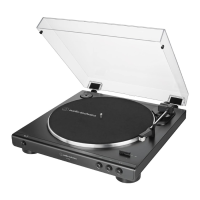
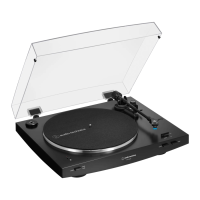
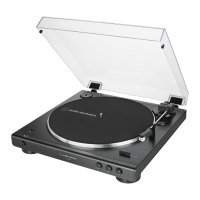
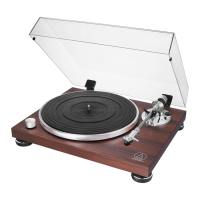
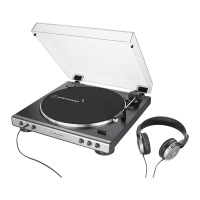
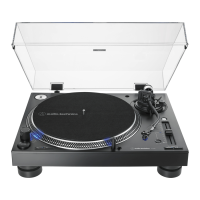

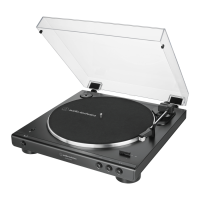
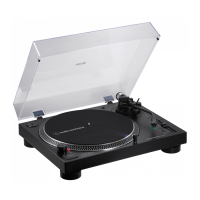
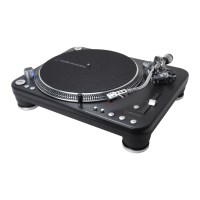
